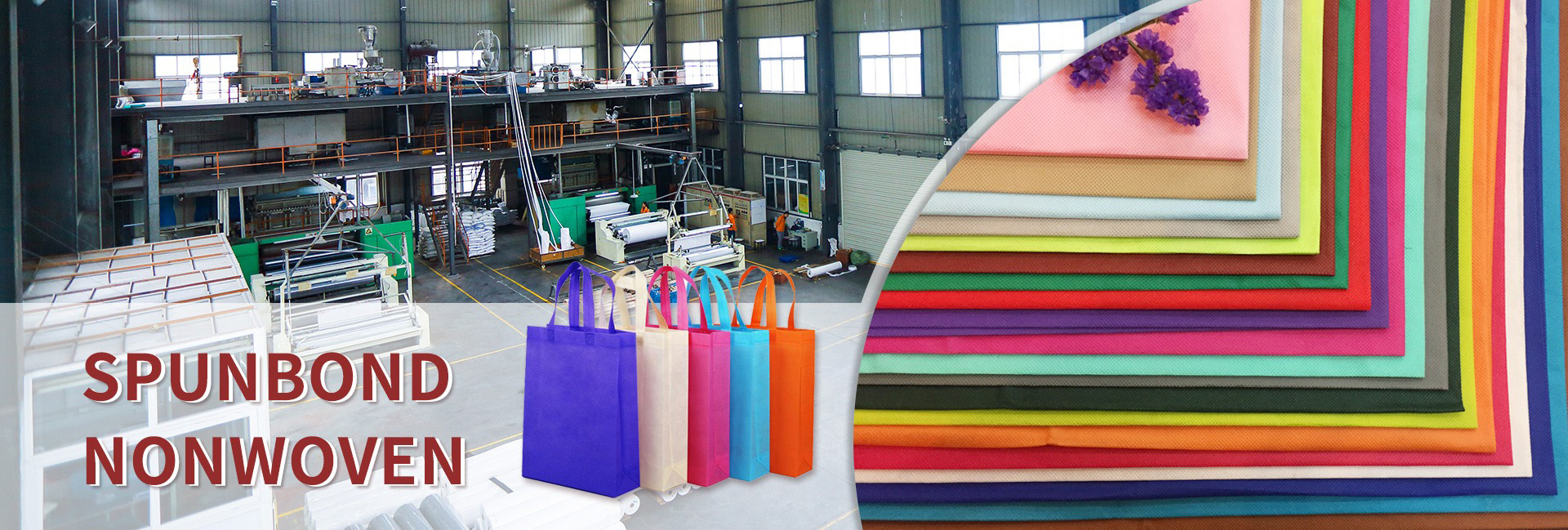Combining the latest breakthrough in materials science—ultra-soft spunbond nonwoven fabric—with the needs of patients with sensitive skin is a highly precise and human-centered research direction. This is not merely an upgrade in materials, but a revolution in medical experience and product concepts.Below, we will delve into the significance, core technology, and application prospects of this breakthrough.
Why is this a “blessing” for patients with sensitive skin?
The pain point of sensitive skin lies in its impaired skin barrier function and high nerve reactivity, making it highly susceptible to stinging, redness, and itching from external physical or chemical stimuli. Potential problems with traditional nonwoven fabrics:
Rough fibers: Friction against the skin causes physical irritation.
Chemical residues: Additives, softeners, fluorescent agents, etc., from the manufacturing process may become allergens.
Lack of breathability: Leads to localized heat and moisture on the skin, exacerbating discomfort.
The solution from ultra-soft spunbond nonwoven fabric:
Extremely soft, reducing friction
Through ultra-fine fiber technology, the fabric surface feels as smooth as velvet. For patients with eczema, dermatitis, or post-operative conditions, pain and discomfort when changing dressings or wiping the skin are minimized. High Biocompatibility
Uses medical-grade polymer raw materials (such as ultrapure polypropylene and bio-based fibers), and minimizes the use of chemical additives during production, eliminating irritants at the source.
Breathability and Moisture Balance
Advanced microporous structure allows water vapor to pass freely, avoiding stuffiness; at the same time, it effectively blocks external microorganisms, providing an ideal “breathing” environment for skin repair.
Excellent Liquid Management Capabilities
As a dressing base material, it can quickly absorb and lock in exudate, keeping the wound moist but not macerated, accelerating healing.
Where Does the “New Breakthrough” in Materials Science Lie?
This “ultra-soft” characteristic is not accidental, but the result of collaborative innovation in multiple technologies from materials science and textile engineering:
Ultra-fine Denier Fiber Technology
“Denier” is a unit of fiber fineness; the lower the denier, the finer the fiber. Through technologies such as meltblown, flash spinning, or island-island fibers, ultra-fine fibers with diameters only at the micrometer level are manufactured. The fabric formed by stacking these fibers has smaller pores and a more delicate and soft touch.
Optimization of Spunbond Process
Precise control is implemented in the spinning, drawing, web forming, and hot-rolling processes. For example, lower-pressure hot-rolling bonding reduces the fiber’s melt-bonding area, retaining more of the fluffy fiber structure and thus improving softness.
Application of New Raw Materials
Biodegradable Materials: Materials such as polylactic acid (PLA) possess excellent skin affinity and biodegradability, making them ideal for use as raw materials in disposable medical products.
Functional Masterbatches: Before spinning, masterbatches with anti-allergic, anti-inflammatory (such as chitosan), or moisturizing components are added to the polymer, giving the fiber its own skin-care function.
Specific Application Scenarios Outlook
High-End Medical Dressings and Bandages
Used for the care of fragile wounds such as burns, postoperative wounds, and diabetic foot ulcers. Their ultra-soft properties make dressing changes less of a hassle.
Sensitive Skin Cleansing Products
Medical bath towels, alcohol wipes, cotton pads, etc. For patients with atopic dermatitis and psoriasis, daily cleaning and care become more comfortable than ever before.
Baby and Elderly Care Products
Baby diapers and incontinence pads. The skin of these two groups is extremely delicate or fragile; ultra-soft nonwoven fabric effectively prevents diaper rash and pressure sores.
Daily Skincare Mask Base Fabric
As a mask fabric, its excellent skin-fitting properties and low irritation allow the essence to work more effectively on sensitive skin and reduce discomfort during wear.
High-End Personal Hygiene Products
Sanitary napkins and panty liners, providing a more comfortable experience for women with sensitive skin during menstruation.
Future Directions and Challenges
Intelligent Integration
As discussed in the previous section, this ultra-soft nonwoven fabric is an ideal substrate for implanting biosensors. In the future, “smart dressings” that can monitor wound pH, temperature, and exudate composition can be developed, enabling real-time healing monitoring while providing comfortable care.
Green and Sustainable
Developing biodegradable or washable ultra-soft nonwoven fabrics while pursuing softness and comfort is an inevitable trend in addressing environmental challenges.
Cost Control
Advanced technology often means higher costs. The key to industrialization lies in how to make these high-end products accessible to more ordinary patients through large-scale production and process optimization.
Conclusion
A Breakthrough in Materials Science: Ultra-soft spunbond nonwoven fabric’s significance goes far beyond simply being “softer.” It embodies a shift in medical technology from “treatment” to a more humanistic approach focused on “healing experiences.” It makes potentially painful medical procedures and daily care gentle, imperceptible, and even comfortable. For patients suffering from sensitive skin, this is truly a “godsend” that brightens their quality of life, a perfect embodiment of technology for good.
Dongguan Liansheng Non woven Technology Co., Ltd. was established in May 2020. It is a large-scale non-woven fabric production enterprise integrating research and development, production, and sales. It can produce various colors of PP spunbond non-woven fabrics with a width of less than 3.2 meters from 9 grams to 300 grams.
Post time: Nov-06-2025

